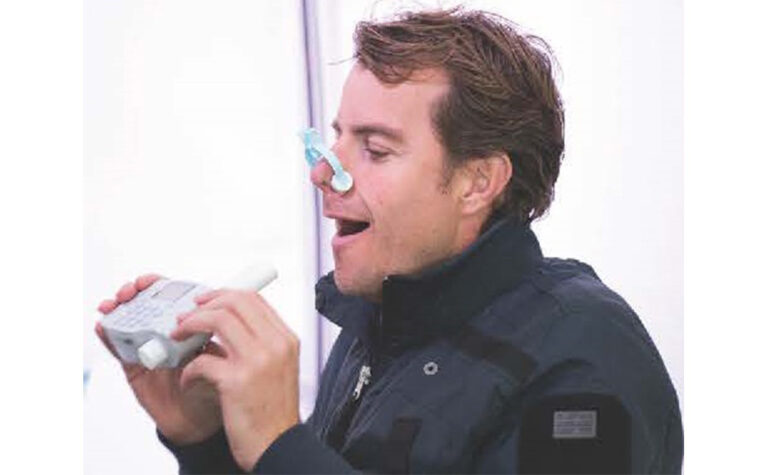Asthma in childhood
Asthma is a condition that causes inflammation in the airways. It is the most common long-term condition in children.
Asthma can start at any time of life, but is likely to begin in childhood.
Symptoms
Common symptoms of childhood asthma include:
- Wheeze
- Breathlessness
- Chest tightness
- Coughing
Symptoms occur often at night or in the early morning.
Sometimes symptoms can worsen over hours or minutes, leading to a severe obstruction of the airways known as an asthma attack. Acute asthma is the most frequent cause of admission to hospital in children of all ages.
Deaths from asthma are low and over recent years the number has deceased across Europe. Research suggests that 9 out of 12 deaths from asthma are due to anaphylaxis with asthma caused by food allergy.
Causes
Asthma results from an interaction between environmental factors and genetic factors.
Environmental factors
Exposure to smoking, either through a mother who smokes during pregnancy or once a baby is born, is known to increase the risk of asthma and poor lung function throughout childhood.
Respiratory virus infections during childhood can lead to the development of asthma or acute asthma attacks. 50 – 60% of children who are hospitalised for respiratory syncytial virus (RSV) later develop asthma. 65% of all asthma attacks in school children are due to rhinovirus infection.
Allergens such as house dust mites and animal hair can also contribute to the development of asthma. Approximately 60% of school-age children have allergies, particularly to animal dander, house dust mites and moulds, as well as plant pollens.
Genetic factors
Asthma and allergies have strong links with the genes inherited from parents. Experts are currently looking at the different genetic characteristics of asthma to identify markers of the condition. These vary between people as asthma affects everyone differently. Additionally, genetic factors often mean that people respond to treatments differently. Environmental exposure can cause changes in genes. These changes may then be inherited by the next generations and increase the risk of asthma development (epigenetic mechanisms).
A key area of research for childhood asthma is understanding more about the genetics of the condition and identifying markers to help experts predict how people will respond to different treatments.
Exercise
Exercise can also cause asthma exacerbations. This form of the condition is known as exercise-induced asthma. However, if exercise is managed properly, it can be a great benefit to help children manage their symptoms.
Prevention
Efforts to prevent childhood asthma include:
- Avoiding exposure to tobacco smoke
- Reducing exposure to allergens, such as dust mites and animal fur
- Asthma education and helping children and parents take necessary precautions
- Some drugs, such as antihistamines and anti-inflammatory drugs, may help prevent the condition or affect its long-term development but this is yet to be proven.
Treatment
There is no widely used test to diagnose asthma. In children, it is often identified when the child displays common symptoms of wheeze, a tight chest or cough.
Medications for treatment include:
- Controller medication: This medication is taken regularly to build up a protective effect against asthma symptoms. This medication is usually in the form of inhaled corticosteroids (ICS), used with or without long-acting β-agonists
- Reliever medication: These are taken to relieve asthma symptoms. They relax the muscles surrounding the narrowed airways and can be used in the event of an asthma attack or worsening of symptoms. These are usually in the form of short-acting β-agonists
Asthma care involves more than just drugs. Participation in activity and exercise is very important in childhood asthma and is encouraged.








